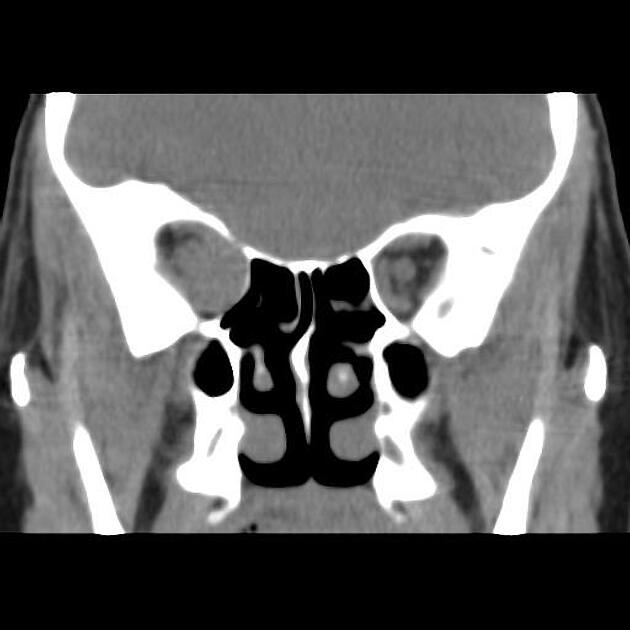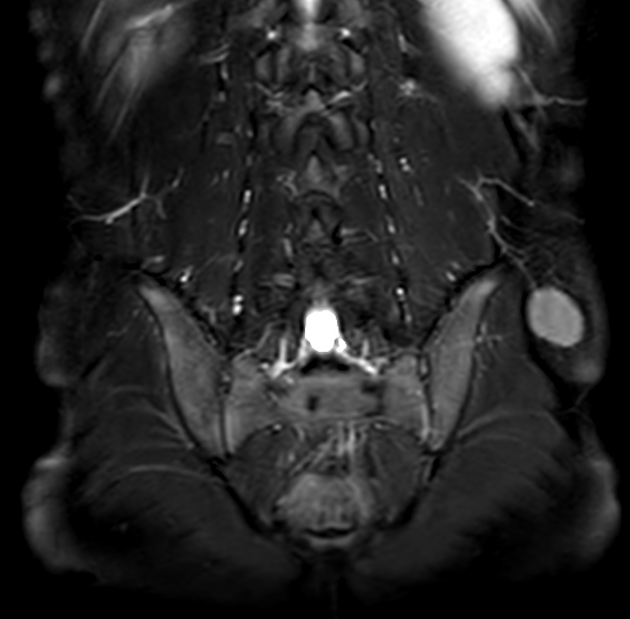Granular cell tumors are uncommon soft tissue tumors with the vast majority being benign (approximately 0.5-2.0% have been reported as malignant).
Pathology
Granular cell tumors have been reported in all organ systems, but most prominently are found in these sites 2,5:
breast (granular cell tumor of the breast)
neurohypophysis (granular cell tumor of the pituitary)
extremities
skin
tongue
gastrointestinal tract (esophagus, colon, stomach)
respiratory tract
soft palate
Microscopic appearance
Histologically, these tumors have a characteristic appearance. They are comprised of polygonal cells with bland nuclei and abundant eosinophilic granular cytoplasm. They are thought to be derived from neural tissue, as they stain positively for S-100 and neuron-specific enolase.
They are often classified as benign or malignant using the Fanburg-Smith criteria (especially for soft tissue lesions) 3,4,5. These histologic criteria include spindled cells, increased mitoses, necrosis, high nuclear to cytoplasmic ratio, nuclear pleomorphism, and prominent nucleoli. Lesions with 3 or more of these features are designated as malignant, 1 or 2 as atypical, and 0 as benign.
Treatment and prognosis
Although benign granular cell tumors have an excellent prognosis following wide local surgical excision to negative margins, malignant granular cell tumors portend dismal prognoses, as they both recur and metastasize often. Chemotherapy and radiotherapy have not yet proven helpful in treating malignant granular cell tumors 5.






 Unable to process the form. Check for errors and try again.
Unable to process the form. Check for errors and try again.